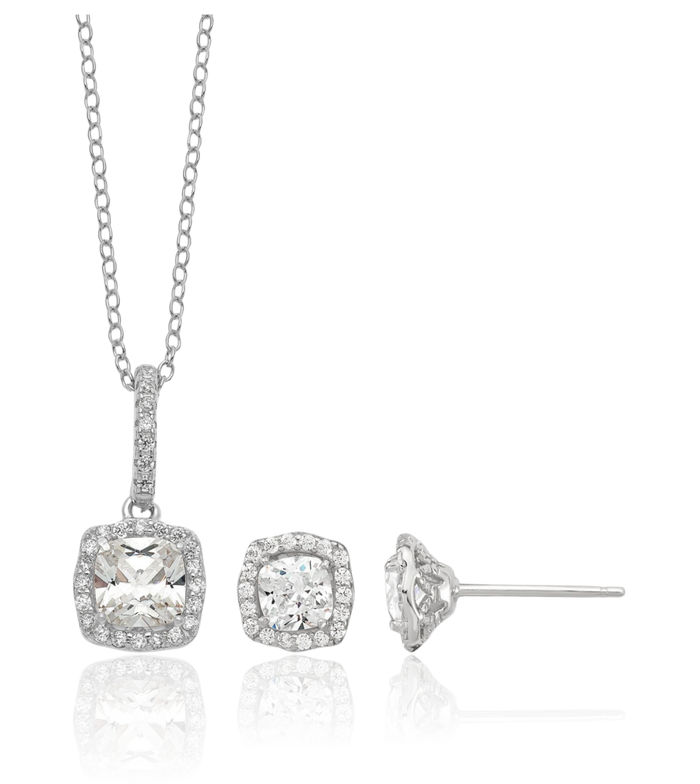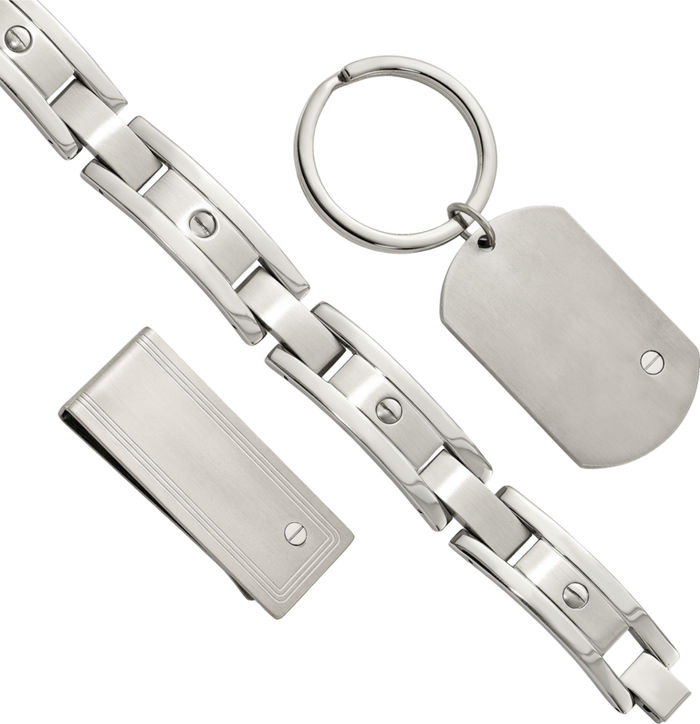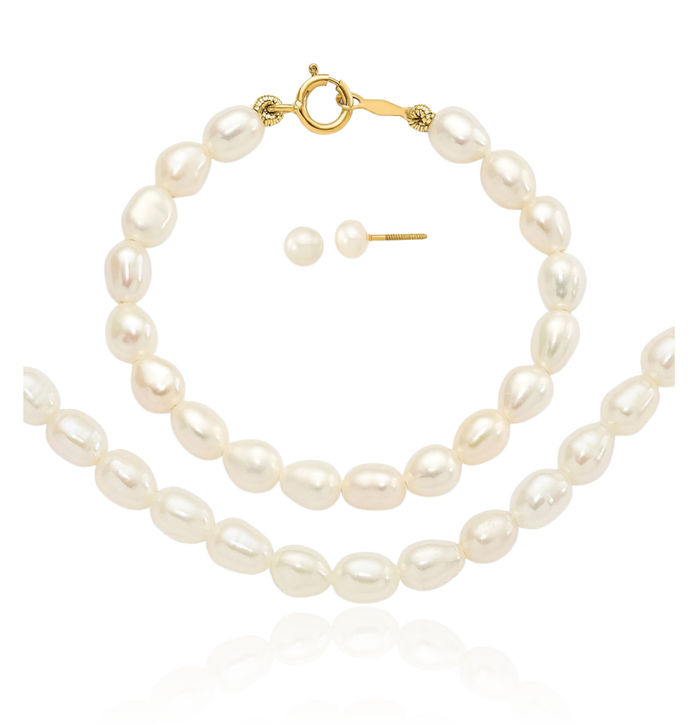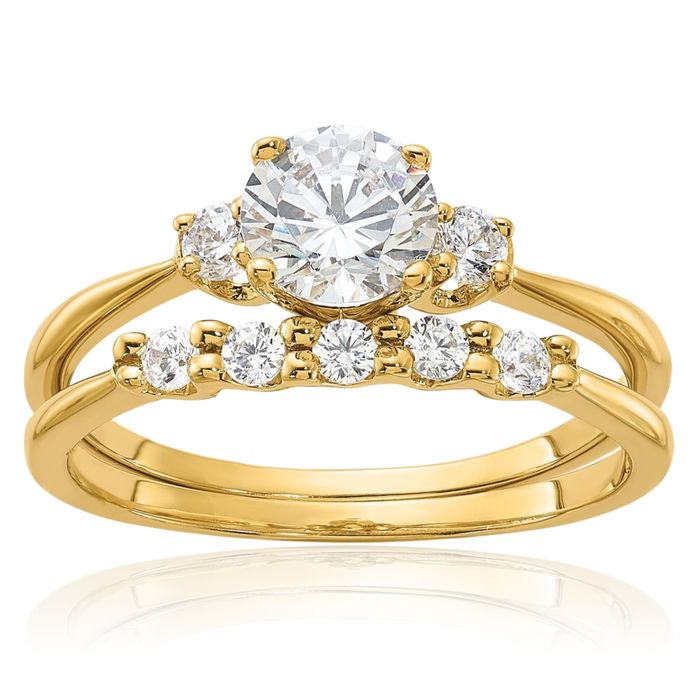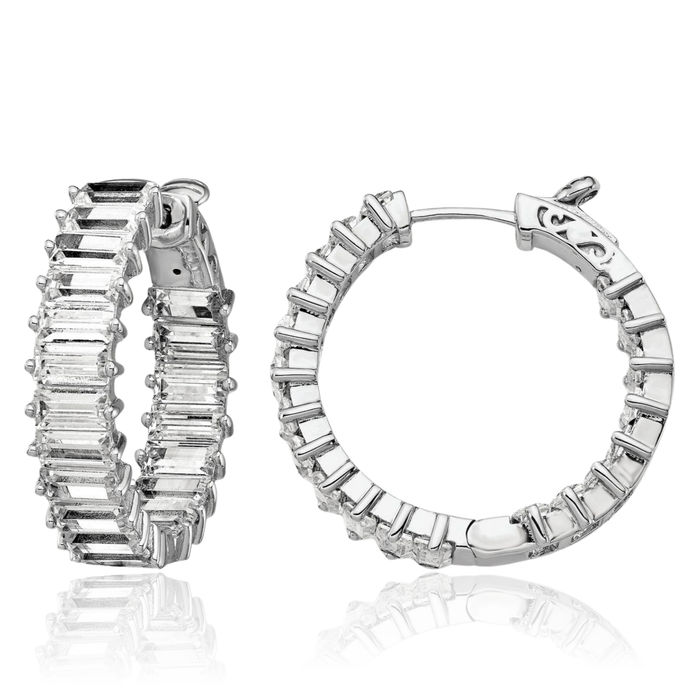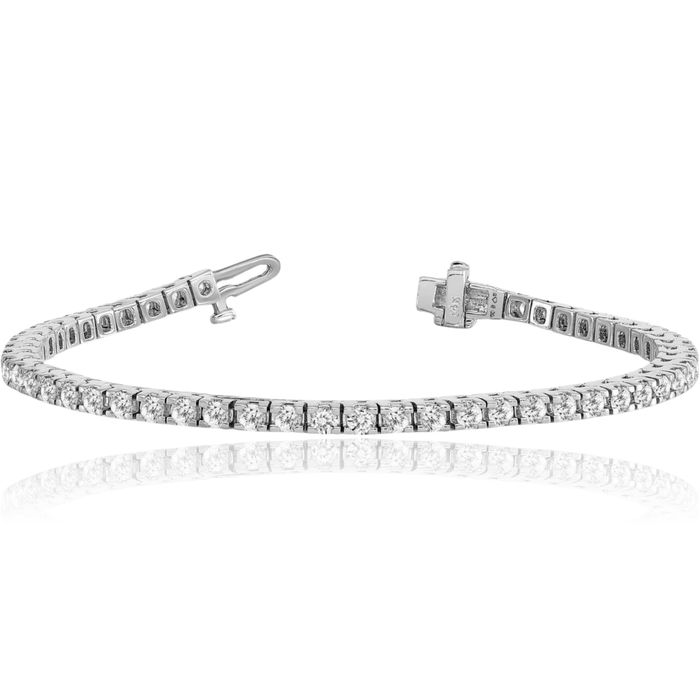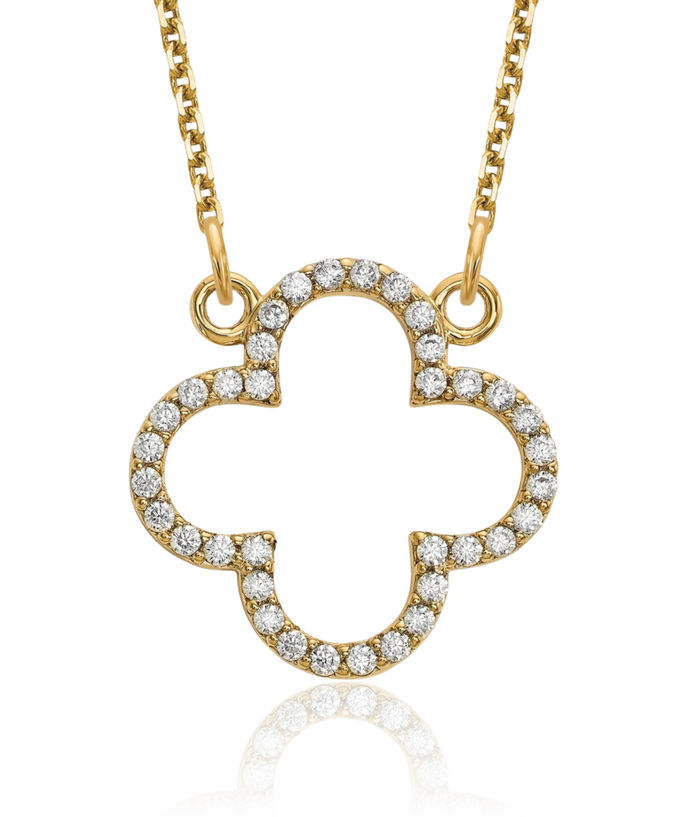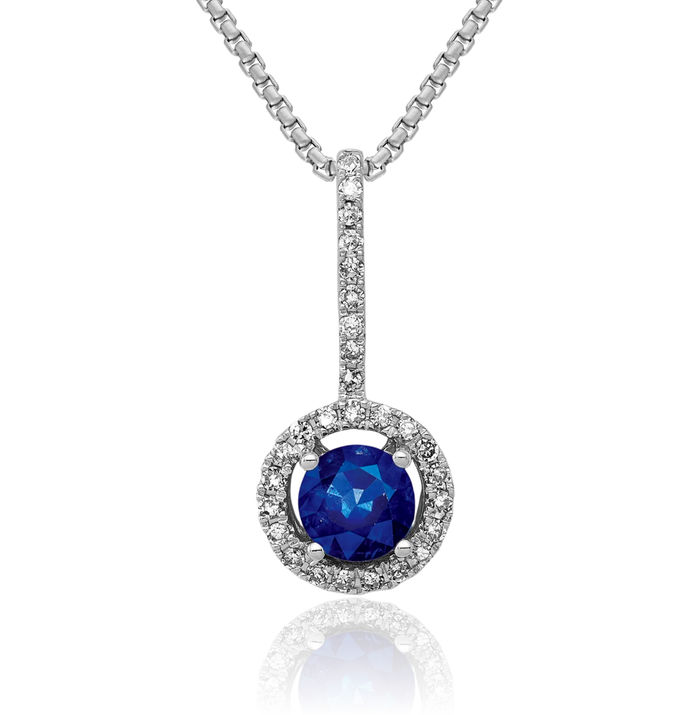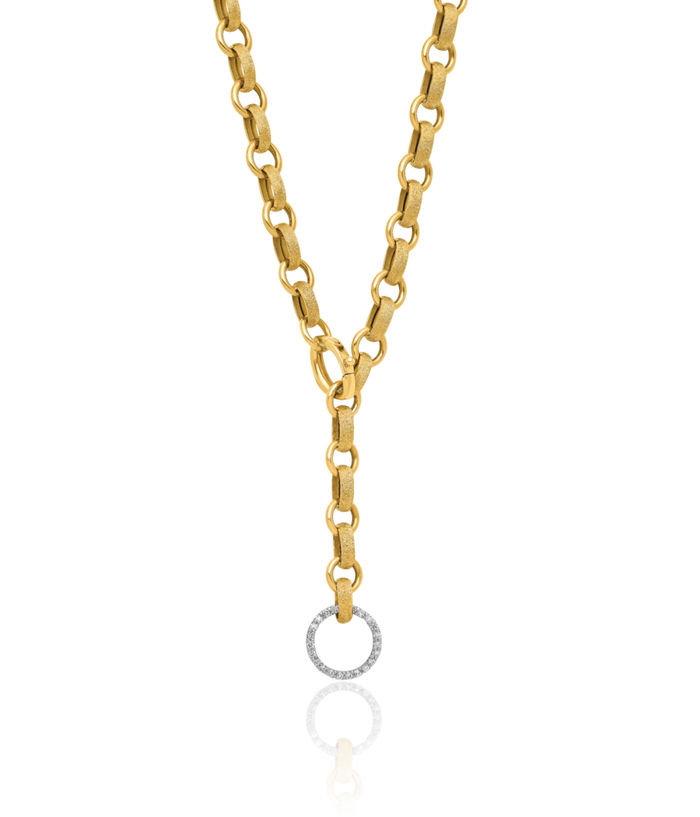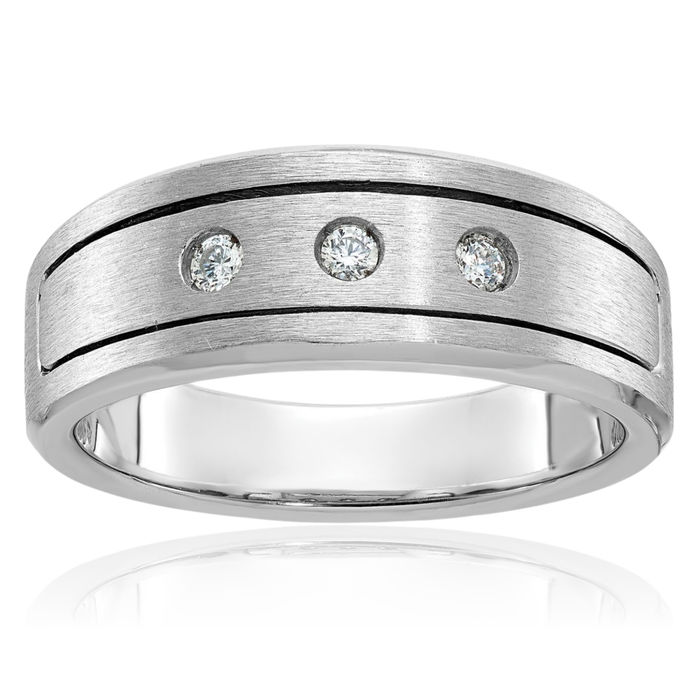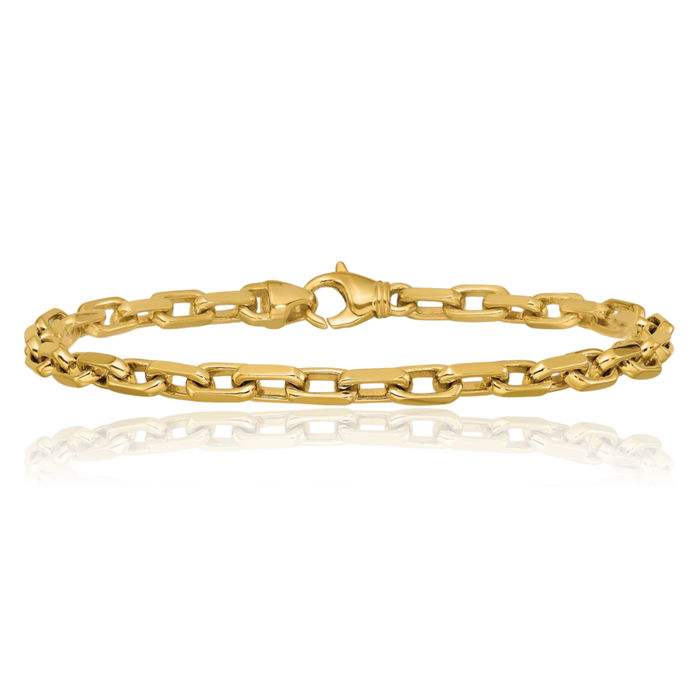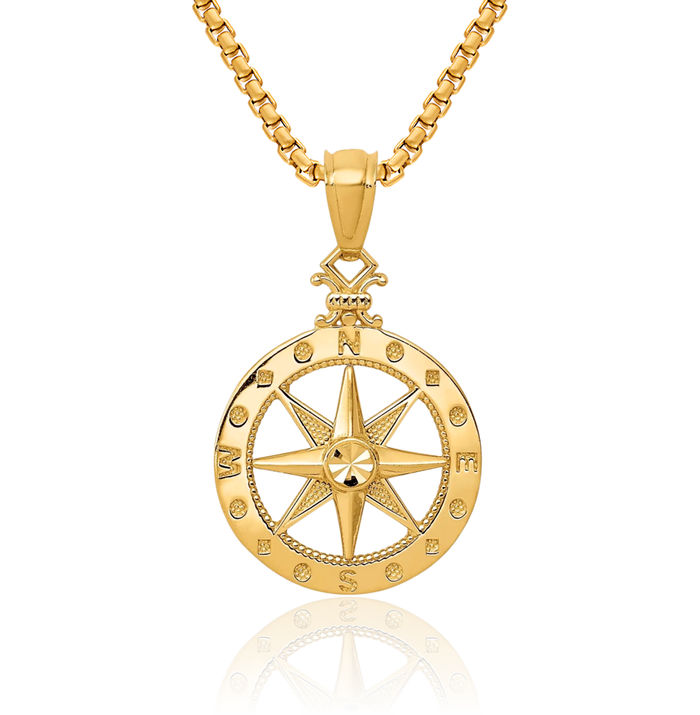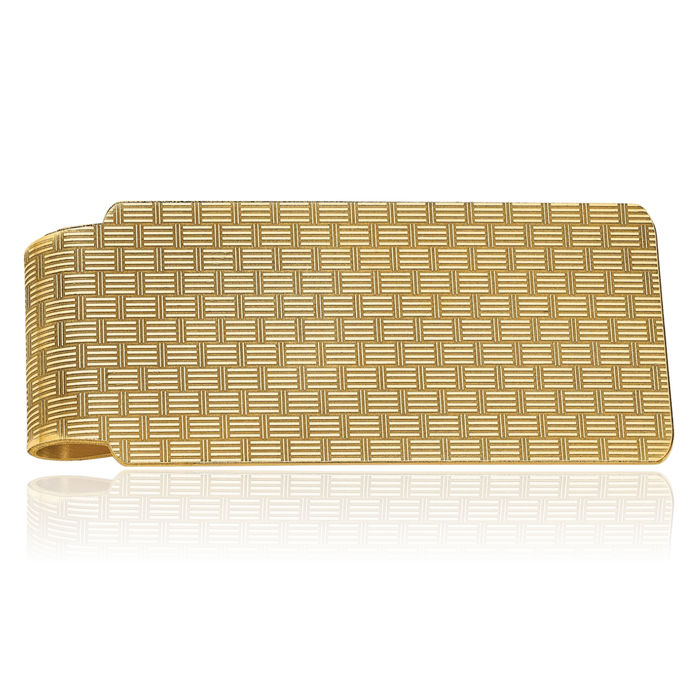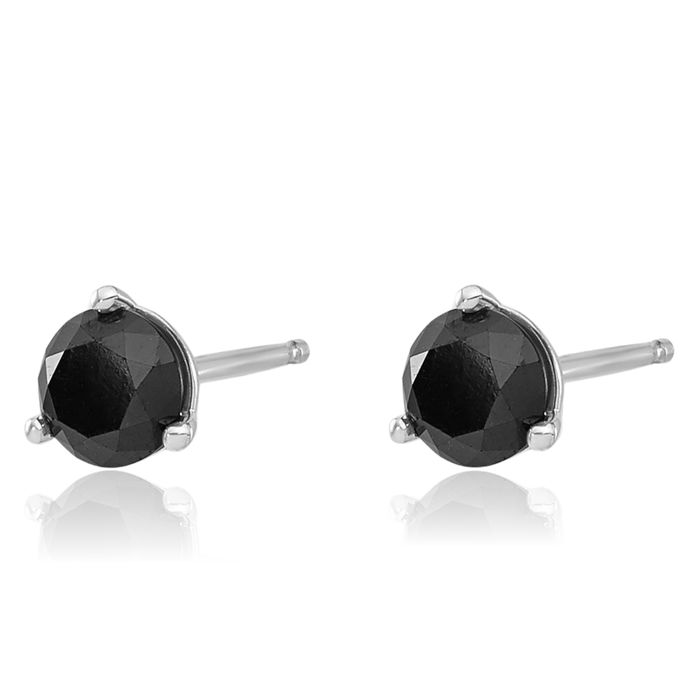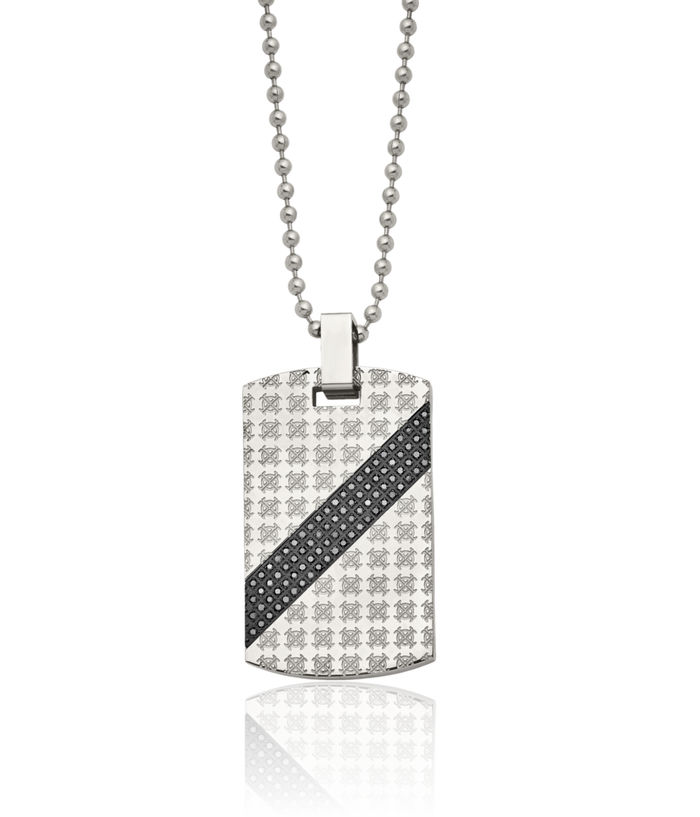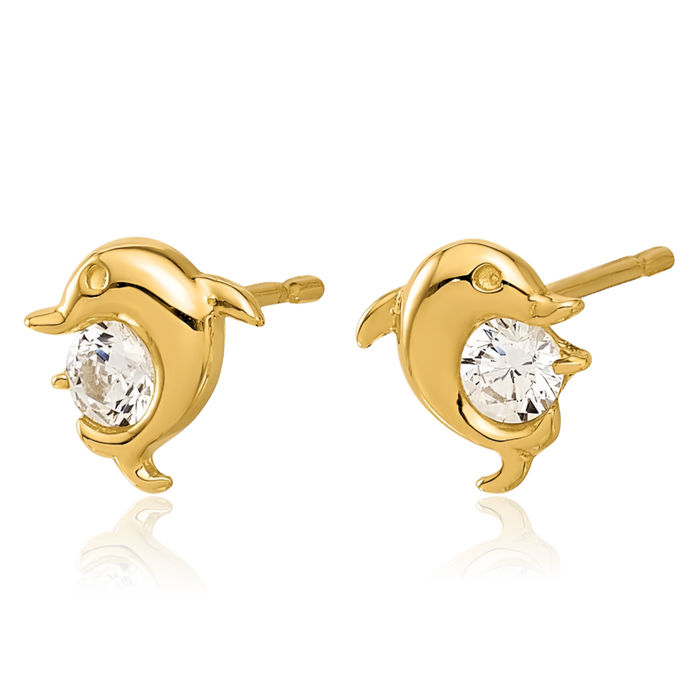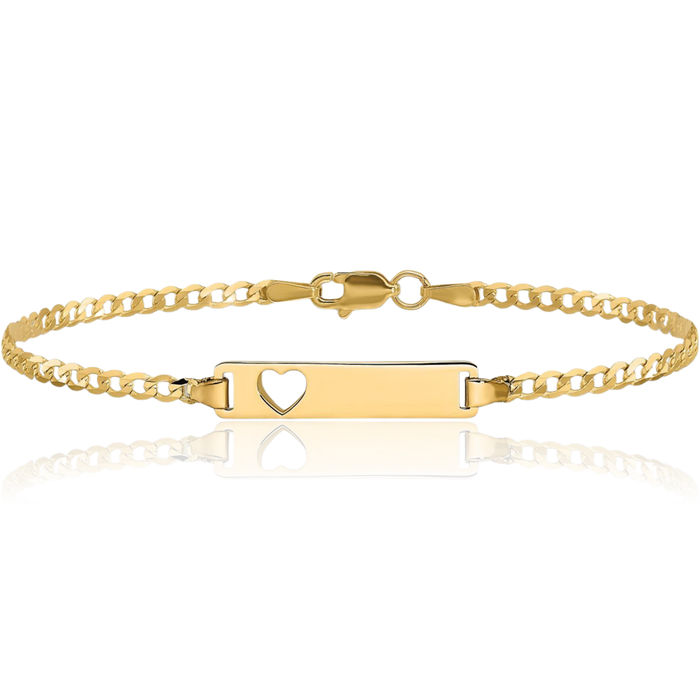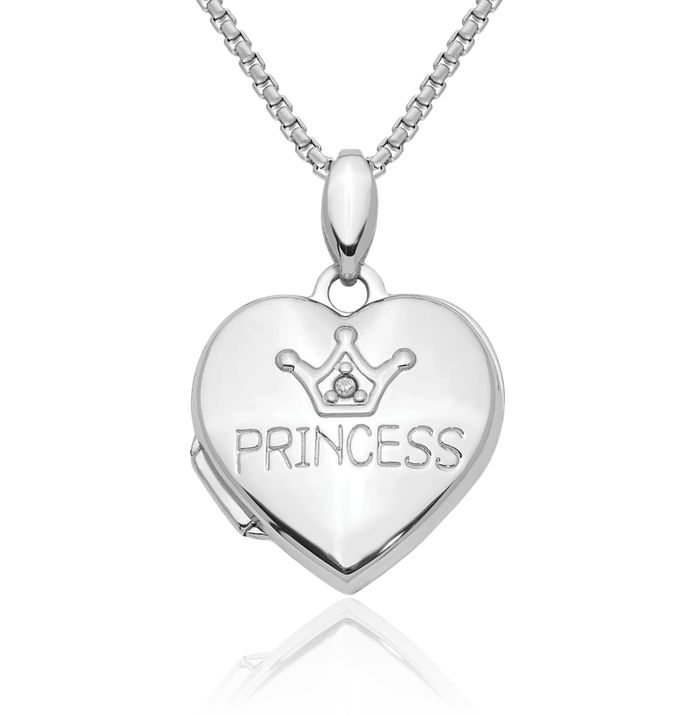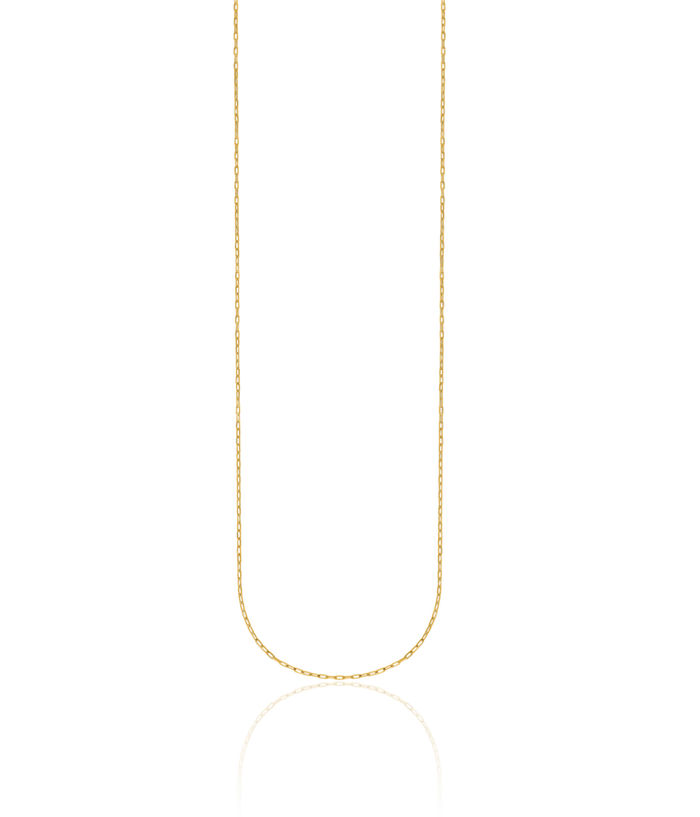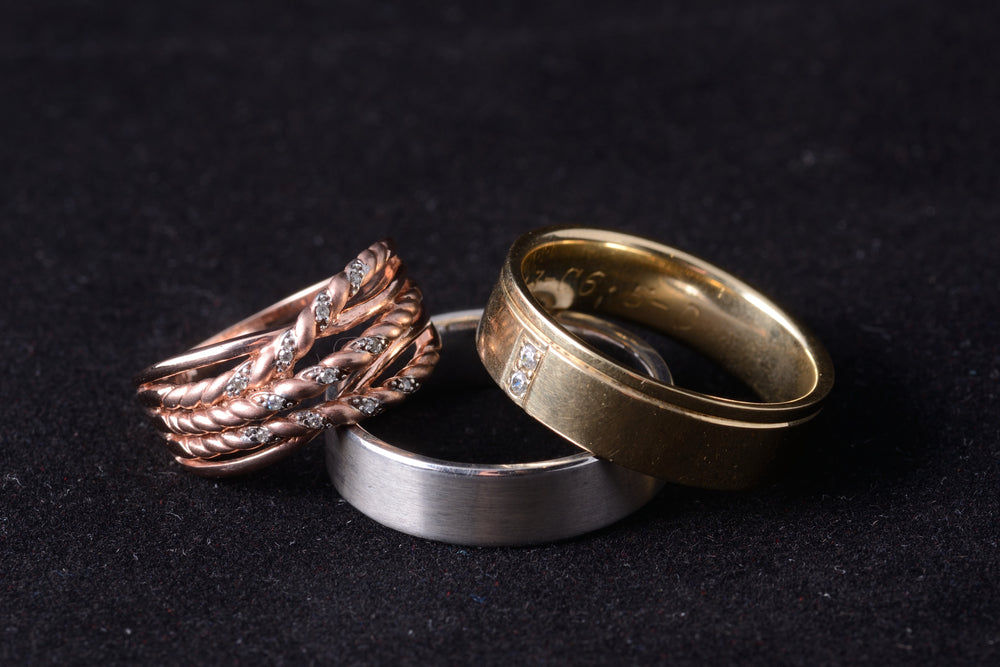
Discover The Different Metal Alloys - Gold & more!
Learn about the pros and cons of white gold, gold, rose gold in 18k, 14k, or platinum, and rhodium alloys. Discover the metals and their meaning.
Long ago, most jewelry pieces were made of pure metal. Due to this fact, most of the trinkets were expensive. Fortunately, as time passed, a process was discovered that led to the creation of more affordable jewelry pieces: alloying metals. Metal alloys are the products of two metals combined, one pure metal and one hardening material. For example, gold alone could not make a great ring since it is too malleable. With the help of another metal alloy, gold becomes harder, making it perfect for jewelry making. This blog will discuss metal alloys: white gold, gold, rose gold, platinum, and rhodium.
Gold Alloy
In jewelry, gold is considered one of the most popular metals. The gold metal attributes that make it ideal for jewelry are its vibrant yellow color and its very malleable -- you can make any design out of it. The purest gold, which earns a grade of 24K, is too soft for jewelry making, thus a need to mix different metals to increase its hardness and come up with another color. Alloyed gold metals are graded in 18k, 14k, and 10k. A more affordable version of the platinum alloy, white gold alloys, has become very popular because of its similar attributes to platinum. Still, they don't carry the same expensive price range. In reality, there is no actual "white gold." However, such a color can be attained when gold is mixed with a whiter metal. This results in a whitish alloy. White gold is introduced with rhodium in the last production steps to obtain a signature bright luster. Rhodium is one of the metals with white color. The said metal also adds hardness to the gold making the alloy scratch resistant. Over time, the plating may wear off. So please bring back the beauty of your plated jewelry by having them re-plated.
Most Common Gold Alloys 18K Gold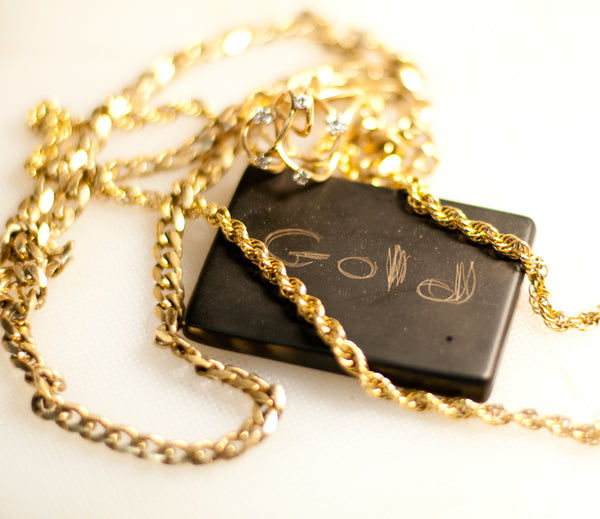
When it comes to fine jewelry, one of the most popular gold alloys is 18k gold. A metal that contains 75% of gold has the same rich feel as the 24k gold but is much sturdier. If you want an alloy of a strong feeling, 18k gold is the choice. Jewelry pieces are either marked 18k or .75 for identification.
Pros:18k Gold jewelry pieces have that distinctive look and feel; they're rich and classy, and there's no need to polish them to have that one-of-a-kind shine that is so loved in gold jewelry. Also, it does not require plating because it looks compact.
Since 18k gold still contains 75% gold, it has that malleable attribute that makes it easy to work on. If you plan on having your gold jewelry customized to your preferred design, 18k gold will fit your standard.
Also, since it is made up of 25% alloy, the metals that can cause skin irritation are few, making you avoid annoying skin rash.
Cons:
Unlike alloys of a lower grade, 18k gold alloys are more susceptible to scratch.
18k White Gold (Made from Nickel)Pros:
It tends to copy the look of platinum, especially if rhodium is introduced.
Since white gold contains rhodium, it is more challenging than a regular 18k gold alloy. Thus, it is more resistant to bending and scratching.
Compared to other alloys, the 18k white gold has a more solid density and a more structured feel.
Easy to work on, like the 18k white gold.
Cons:
To attain the bright luster so prominent in a white gold alloy, rhodium plating must be introduced.
If you are someone who has a nickel allergy, this may cause you skin irritation.
18k White Gold (Palladium) Pros:Like nickel white gold, this metal alloy also tends to look like platinum once rhodium plating is introduced.
Because palladium is used instead of nickel, the jewelry's tendency to cause skin irritation to the owner is considered lesser.
Like white gold (nickel), this metal alloy is also considered easy to work on.
Unlike alloys of lesser quality, this metal is dense and offers a more solid feel to jewelry pieces created from it.
Cons:
Because palladium is used instead of nickel, the price of this alloy is slightly higher.
This metal alloy requires that rhodium plating be introduced.
It quickly wears off, especially when used heavily.
14K Gold
Next to the grade 18k, another grade given to an alloyed gold metal is 14k. 14k gold contains approximately 58% pure gold metal and 42% other metals such as zinc, nickel, silver, and copper. You can identify this grade by the stamp "14k." Here are some of its variety:
14k Yellow GoldAn alloyed metal that combines gold with zinc, copper, and silver.
Pros:
For this kind of metal alloy, rhodium plating is not needed anymore.
Because of a more abundant number of metals other than gold, this kind of metal alloy is not susceptible to scratching and bending.
Nickel is not used in this alloy, therefore a minimal chance of skin irritation.
It is more affordable than 18k gold alloys.
Cons:
Regarding feeling, this has a lighter one than the 18k gold.
Since the metal's malleability has decreased, it can be quite a task to work with a 14k gold alloy.
Easily wears off.
14k White GoldA gold alloy containing zinc, copper, and nickel.
Pros:
Copies the look of the platinum, mostly when plated with rhodium.
It has fairly good resistance to scratching and bending.
Regarding price, 14k white gold alloy is cheaper than the yellow gold counterpart.
More classy to look at.
Cons:
To achieve that platinum-like look, this type of metal alloy needs plating.
It feels lighter compared to the 18k gold alloy.
Because it contains nickel, skin irritation chances are high.
It easily wears off and needs constant re-plating.
Shop our 14k White Gold Jewelry
ROSE GOLD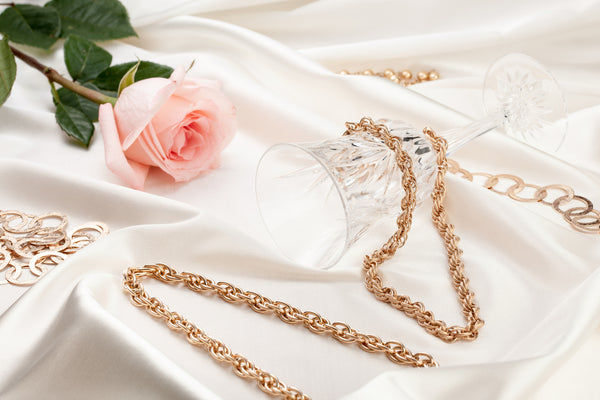
Another kind of gold has caught the attention of many: rose gold. Rose gold, also known as "pink gold," is storming the jewelry market. Its popularity has not started just now. If you are to review vintage jewelry characteristics, you will see that pink gold is a prominent characteristic of jewelry pieces. Like other gold alloys, another form of metal must be introduced to gold to create stunning colors. Rose gold results from the combination of gold and copper (the metal that gives the gold a reddish hue). Sometimes, silver and zinc are incorporated to make the color more vibrant and the metal harder. There are two kinds of rose gold: the 18k rose gold, and the 14k rose gold. The first is made of 75% gold and 25% silver and copper. The latter combines 58.5% gold and 41.5% copper and silver.
PLATINUM ALLOYS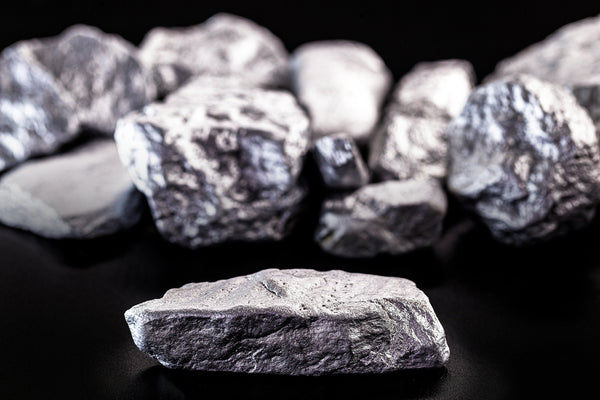
For the most durable metals out there, platinum is one of the metals that take the top spot. If taken care of properly, one can confidently say that platinum can last forever. It is a metal that does not fade or tarnish. If you are prone to skin irritation due to jewelry, platinum is a safe choice because it is hypoallergenic. Platinum is best for setting gemstones.
The two qualities of platinum that set it apart are durability and malleability. Scratching does little to a platinum metal; the metal is just displaced, and its luster gets back after a light repair. Over time, the platinum can develop little imperfections called patina. The original beauty of the metal can still be returned. Platinum may be very malleable but more sturdy than other gold alloys. Here are the different platinum alloys:
a.) Platinum and Iridium
b.) Platinum and Rhodium
c.) Platinum and Ruthenium
d.) Platinum and Cobalt
PALLADIUM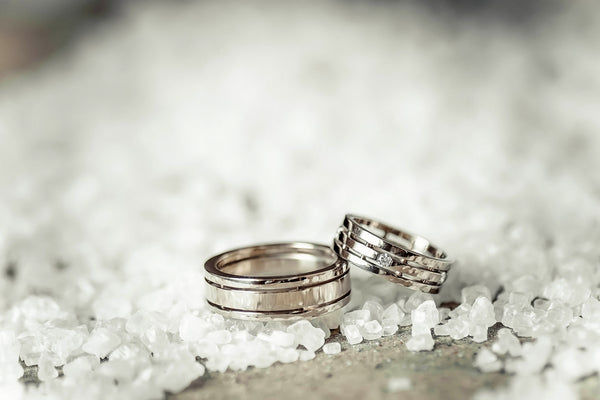
One metal alloy that is slightly less popular than most is palladium. What is Palladium? Like platinum, palladium is a white metal that does not need further plating, unlike other metal alloys. It has a much lighter weight and price tag than platinum metal. It is a great alternative metal when gold and platinum prices become more expensive. A popular palladium alloy is 950 Palladium, consisting of 95% and 5% ruthenium.
Pros
It looks like platinum but costs much lesser.
Plating is not required for this metal.
Less pricey than gold alloys.
ConsIt has a darker look than the normal white gold and platinum metals
Hard to work with.
These are just some examples of famous alloys. These alloys also are created into beautiful jewelry pieces that cost less but look more. Thank goodness for technology and the new jewelry processes that help us get jewelry at a much more affordable price. Check out IceCarats.com's costume jewelry and fine jewelry collection to get your own! Don't sit there waiting. Keep sparkling, darling.
